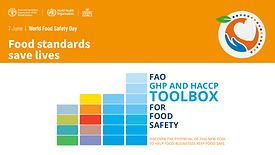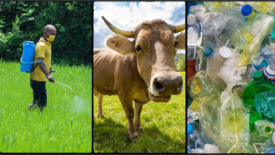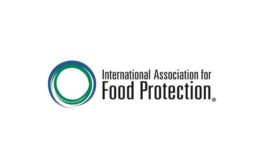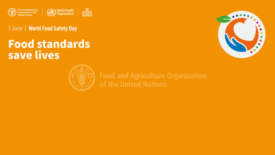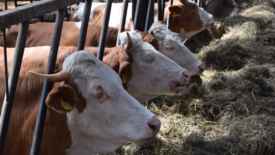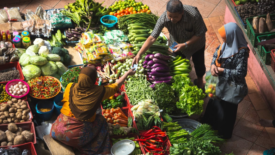International
BIZTRACKS
For World Food Safety Day, IAFP Offering Open Access to All Webinars During June 2023
May 24, 2023
Never miss the latest news and trends driving the food safety industry
eNewsletter | Website | eMagazine
JOIN TODAY!Copyright ©2025. All Rights Reserved BNP Media.
Design, CMS, Hosting & Web Development :: ePublishing
